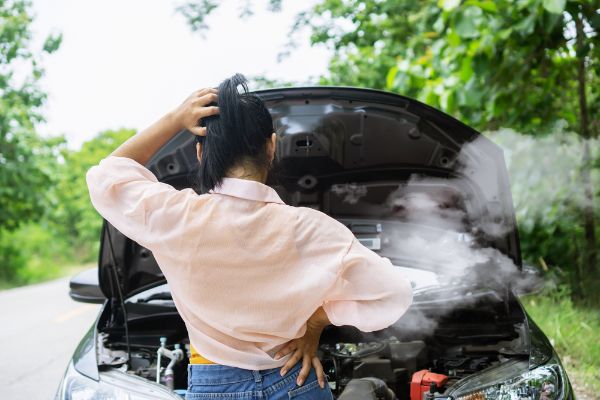Your vehicle's radiator helps keep the engine at the right temperature. The radiator cools down the engine by circulating coolant through the system. Without a working radiator, the engine can overheat and cause serious damage. Regular inspections help catch problems before they get worse.
Signs Your Radiator Needs Repair
Leaks are a common sign of radiator trouble. If you see green or orange fluid under your vehicle, the radiator could be leaking coolant. Low coolant levels can cause the engine to overheat. Rust or corrosion on the radiator can also point to a leak or internal damage. If you notice these signs, the radiator should be inspected right away.
When to Replace Your Radiator
If your radiator has cracks, rust, or frequent leaks, replacement may be needed. Over time, radiators wear out and stop working properly. A radiator that clogs or can't hold coolant will not cool the engine. Overheating can cause engine damage and costly repairs. Regular maintenance helps catch radiator issues before they get worse.
How a Faulty Radiator Affects Your Vehicle
A faulty radiator can impact your vehicle’s performance. An overheating engine can lead to warped parts and head gasket failure. The radiator also helps regulate the temperature of transmission fluid in some vehicles. If the radiator isn't working, the transmission can overheat and cause shifting problems. Addressing radiator issues early helps protect your engine and transmission from major damage.
Why Choose Auto Connection for Radiator Repair
At Auto Connection, our technicians can diagnose radiator problems and recommend the right solution. We check for leaks, clogs, and damage to keep your vehicle running at its best. If a replacement is needed, we install high-quality parts to ensure your cooling system works properly. Visit Auto Connection to schedule your radiator inspection today.






